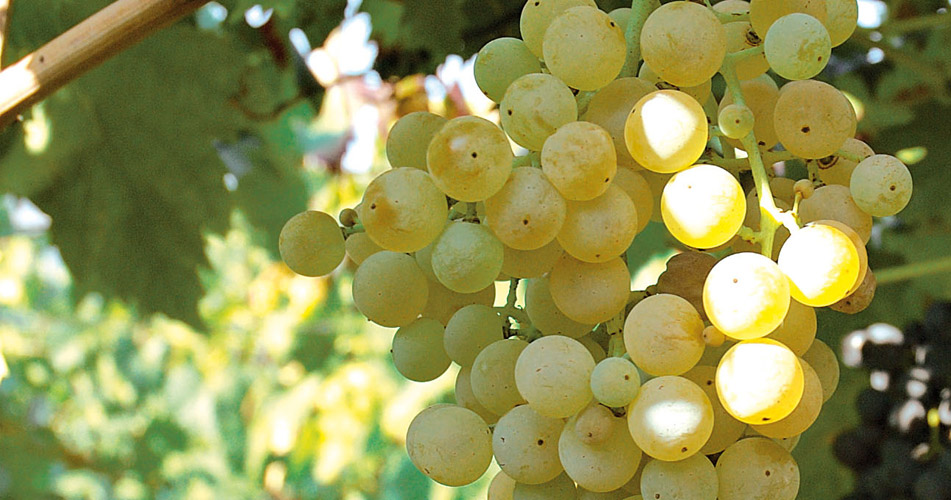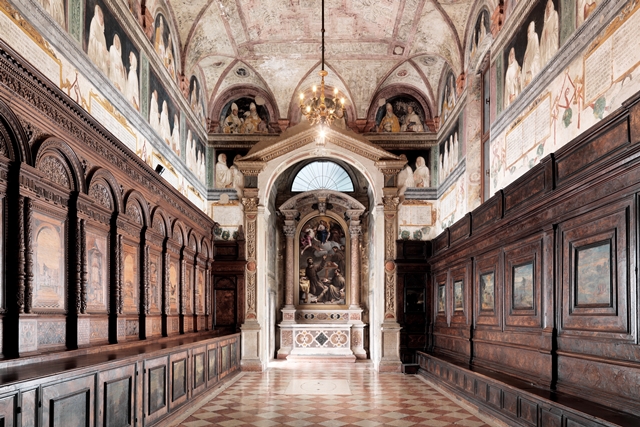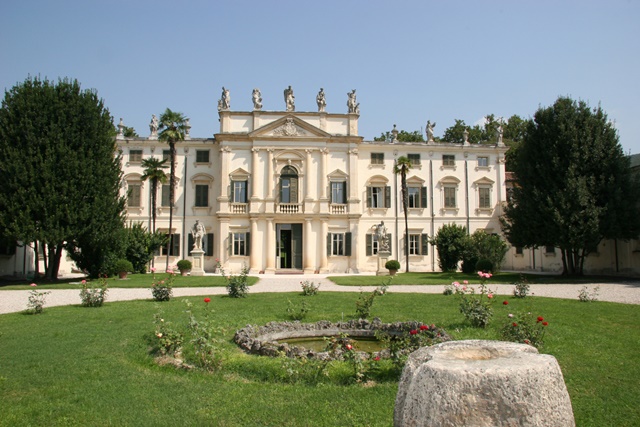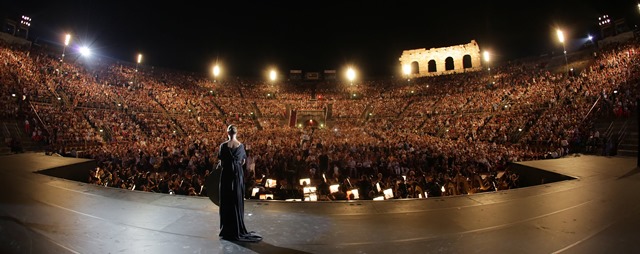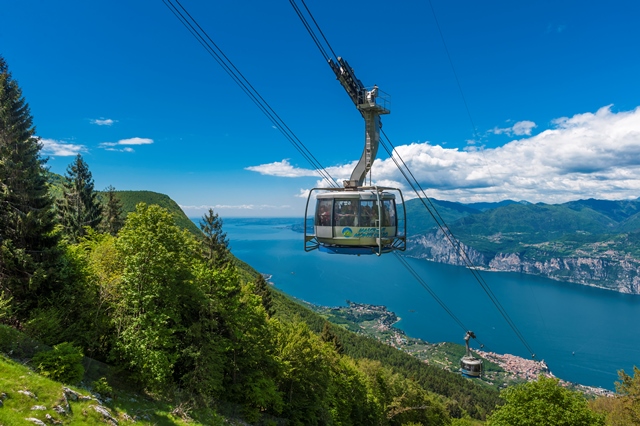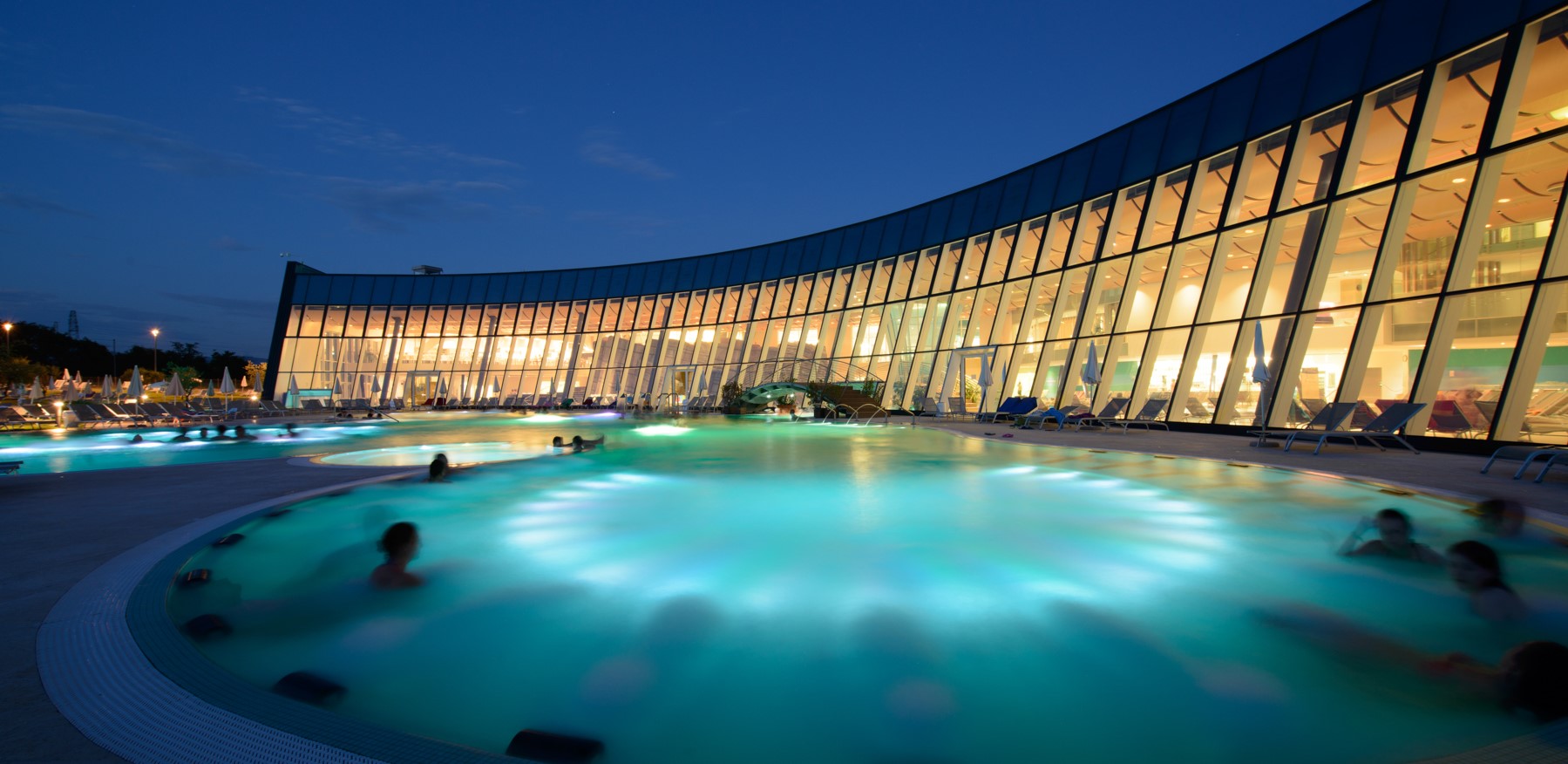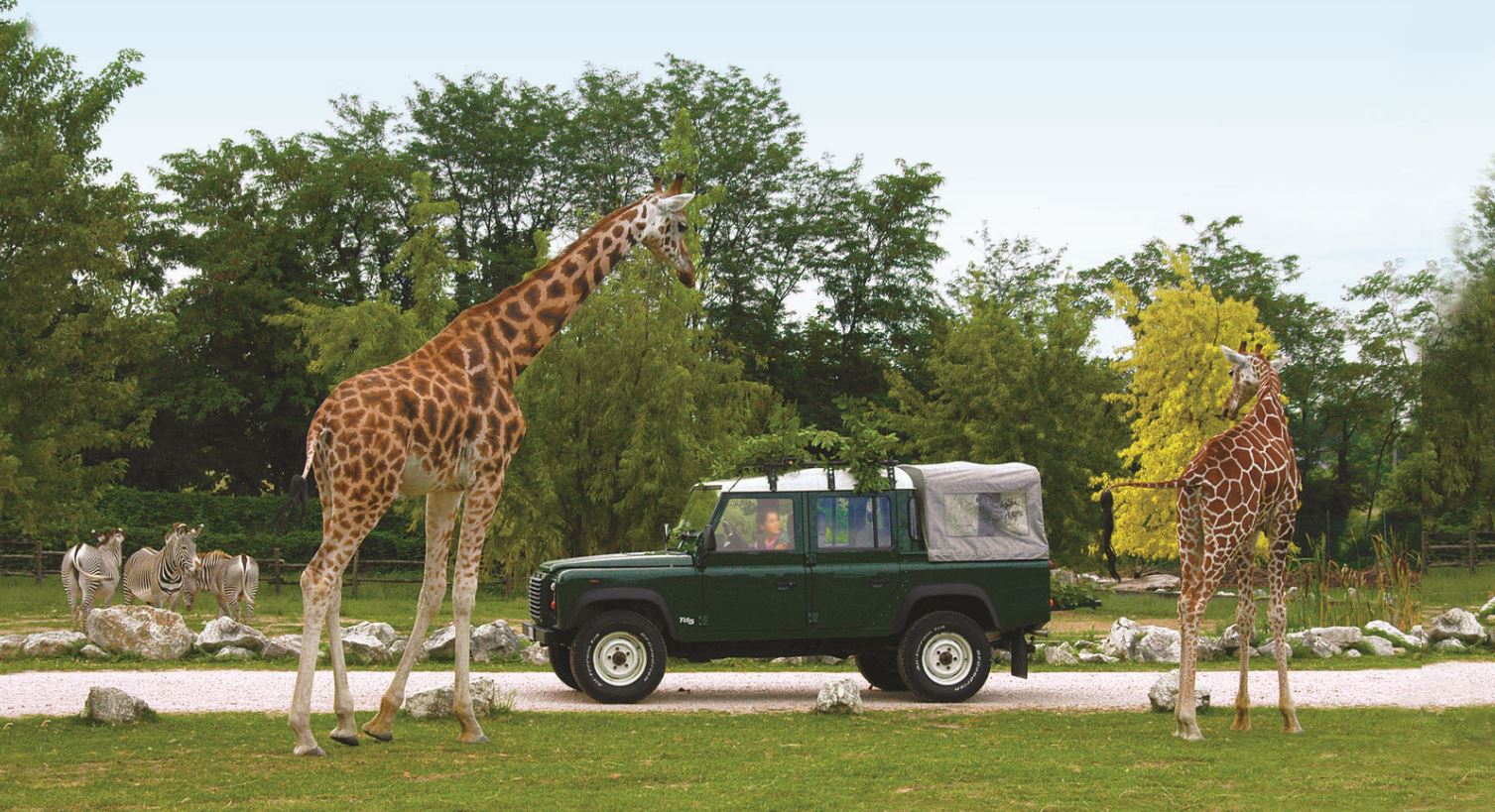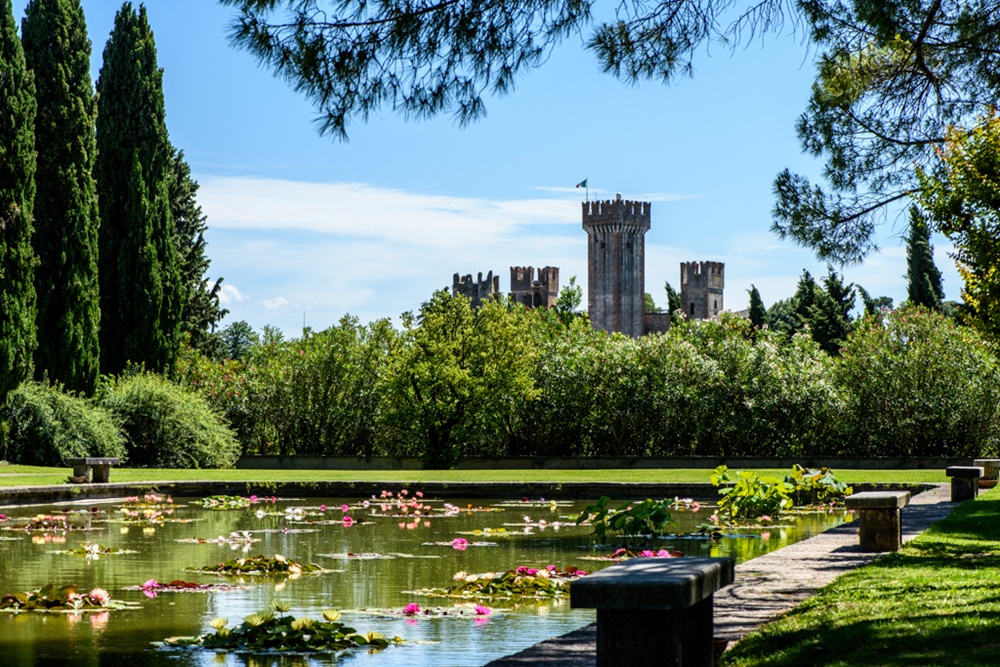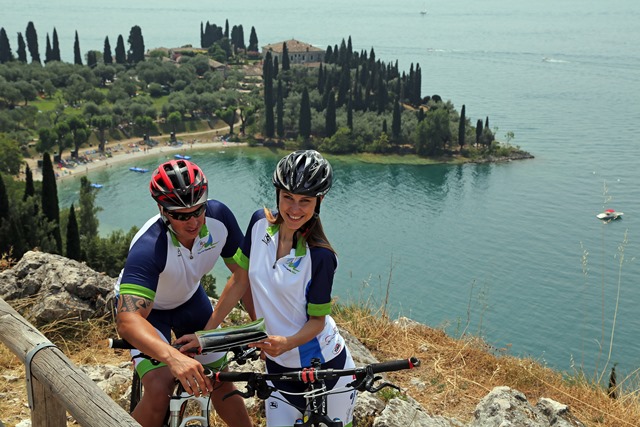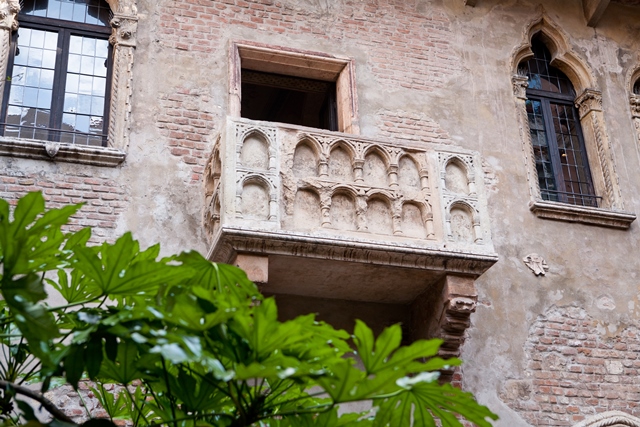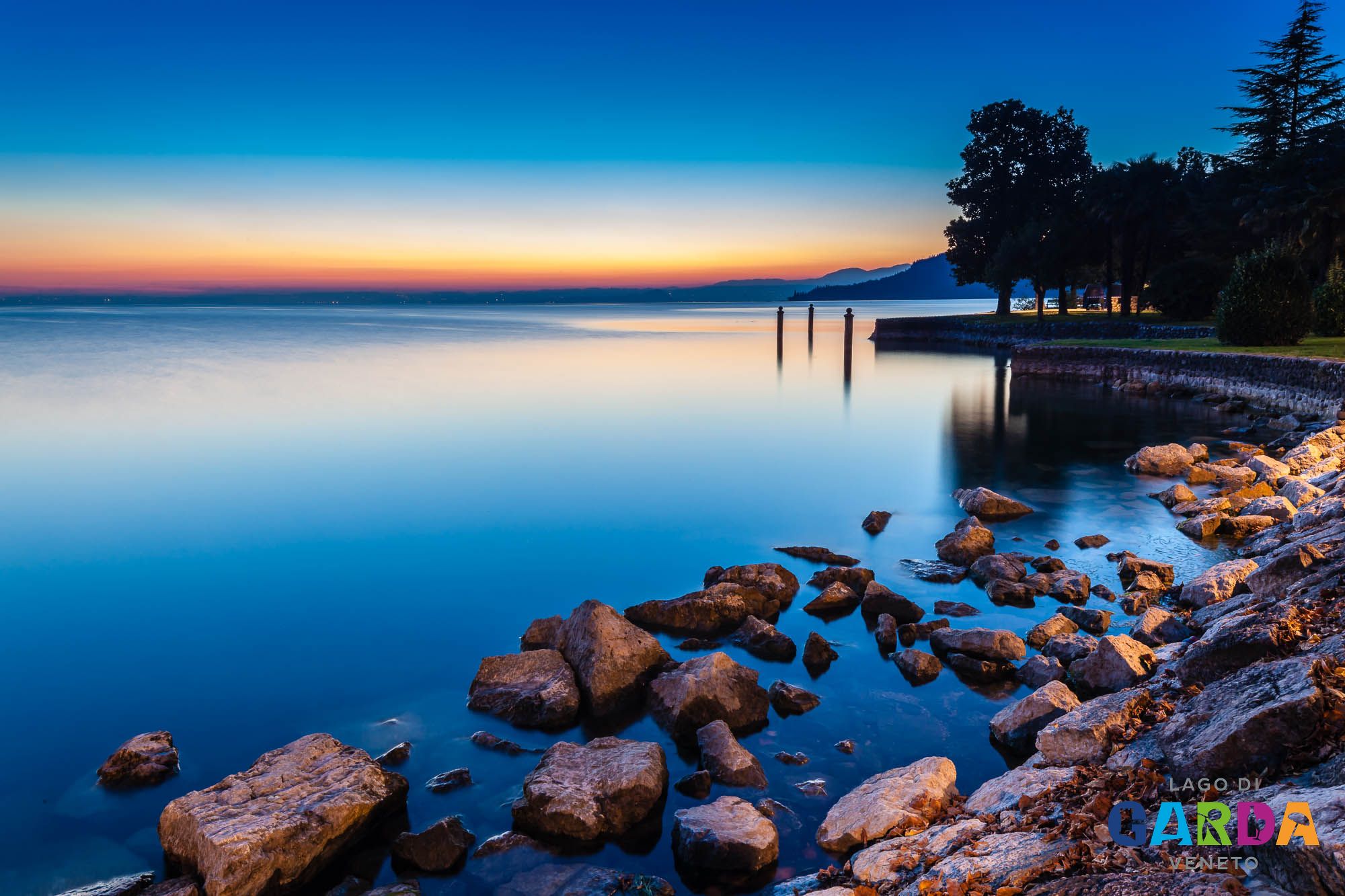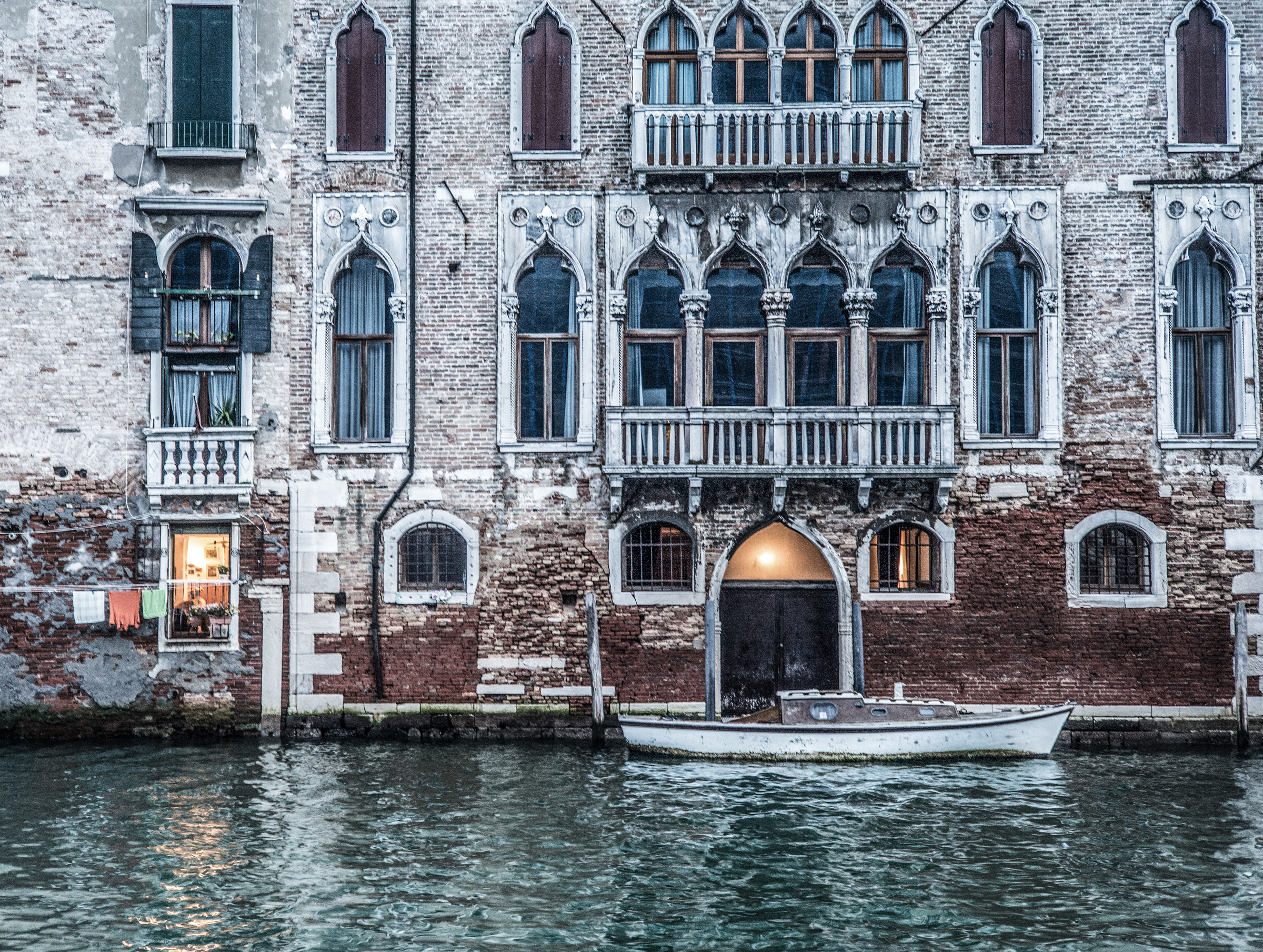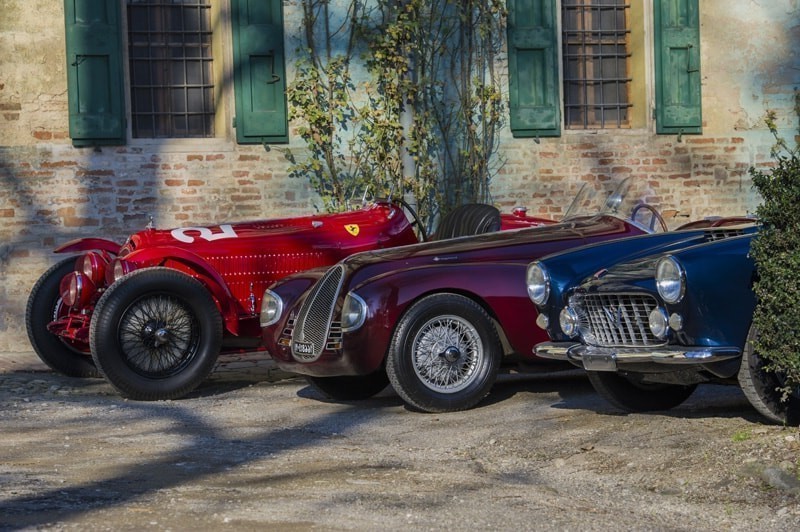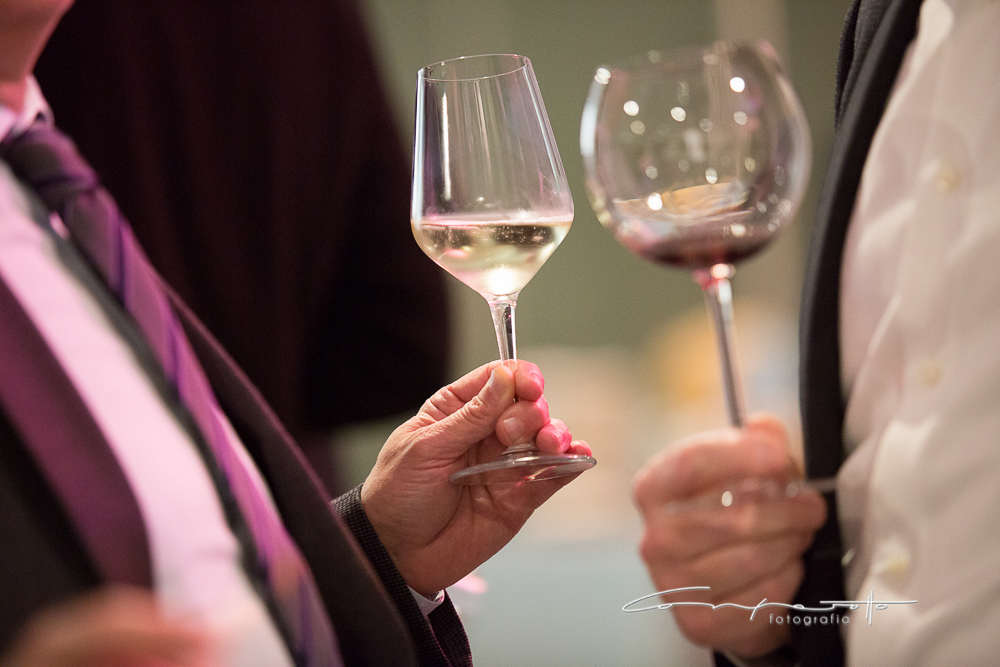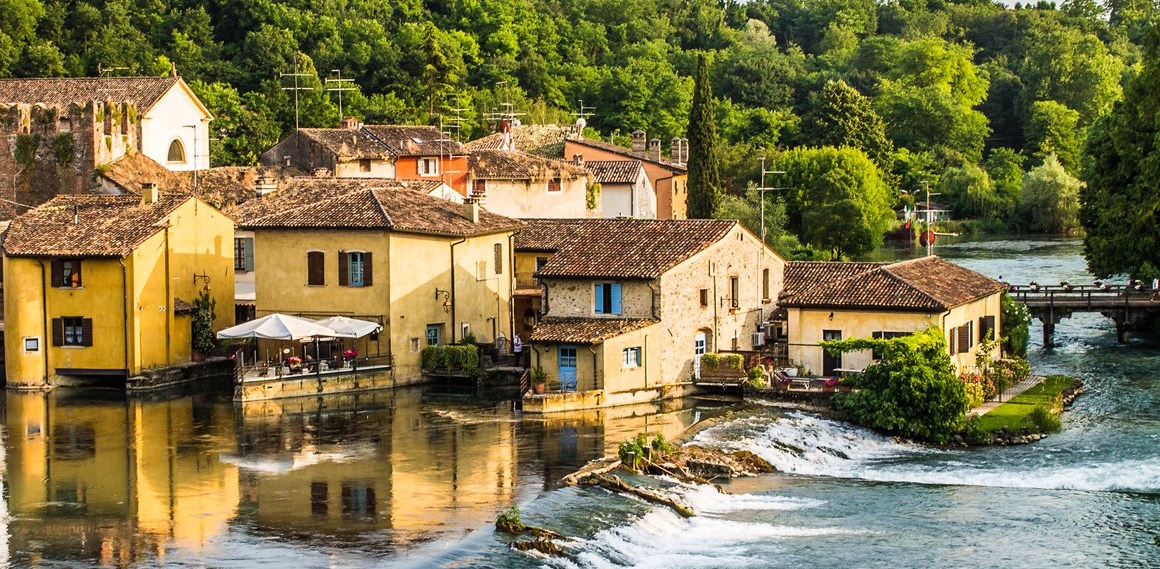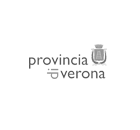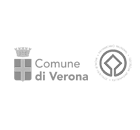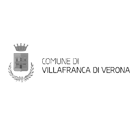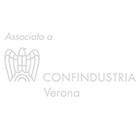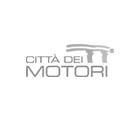The Soave Wine Route represents an evocative trip among vineyards, churches and castles through the area which produces the famous wine that give its name to this splendid strip of land around Verona.
Tourism and Territory
ART and SOUL: Verona Minor Hierusalem
A city itinerary to discover places and evidences from the past, when, in some towns – among them Verona-, a precise medieval urban plan granted the opportunity of making a path of expiation and rebirth “at home” to those pilgrims who could not afford a real trip to the Holy Land .
20 mins away – VALPOLICELLA
Rich in culture and in wines and food.
CULTURE: Arena di Verona, Opera Festival
The largest open air opera theater in the world.
NATURE: Cable Car Funivia Malcesine – Monte Baldo
Monte Baldo and the Cable Car Funivia. Activities and Tourism, 40 minutes away from Museo Nicolis.
RELAX: Aquardens
The Largest Italian Thermal Park, only 15 minutes away from Museo Nicolis.
NATURE: Parco Natura Viva
Parco Natura Viva is a Centre for the preservation of the endangered animal species and the environmental education. Only 15 minutes away from Museo Nicolis.
NATURE: Parco Giardino Sigurtà
Parco Giardino Sigurtà is one of the most beautiful parks in Europe, within walking distance of Garda Lake. Only 10 minutes away from Museo Nicolis.
SPORT: Cycling tourism, Verona Garda Bike
A 120 km ring of cycle path that goes from Povegliano to Caprino Veronese, is also planned for the future as well as the development and renovation of existing cycle paths.
10 mins away – VERONA
Roman ruins, medivals memories, venetians proofs, austrian marks mixed togheter in ancient buildings, squares, bridges and wounderful churches.
15 mins away – GARDA LAKE
Lake Garda, or Benaco , is the largest lake in Italy, with an area of 370 km². It is an important touristic destination, visited every year by millions of people.
40 mins away – LESSINIA
Woods, grazings, brooks, fossils and much more on the veronese mountains.
VENETO REGION
Villafranca di Verona is in the "Venice Region", first region in Italy for tourism.
MOTORS: Collections and Museums
For those who love motors, the opportunity to see these Excellencies is not to be lost.
FOOD AND WINE: Wine and Olive oil, our flavours
So many are the best of the season that come from this prosperous and immense land.
05 mins away – THE SURROUNDINGS
Medieval hamlets, castels, huge battles and parks

